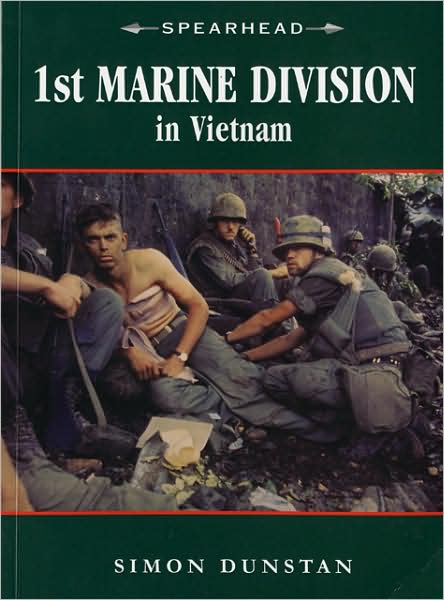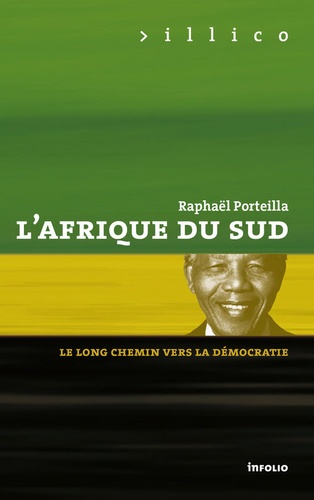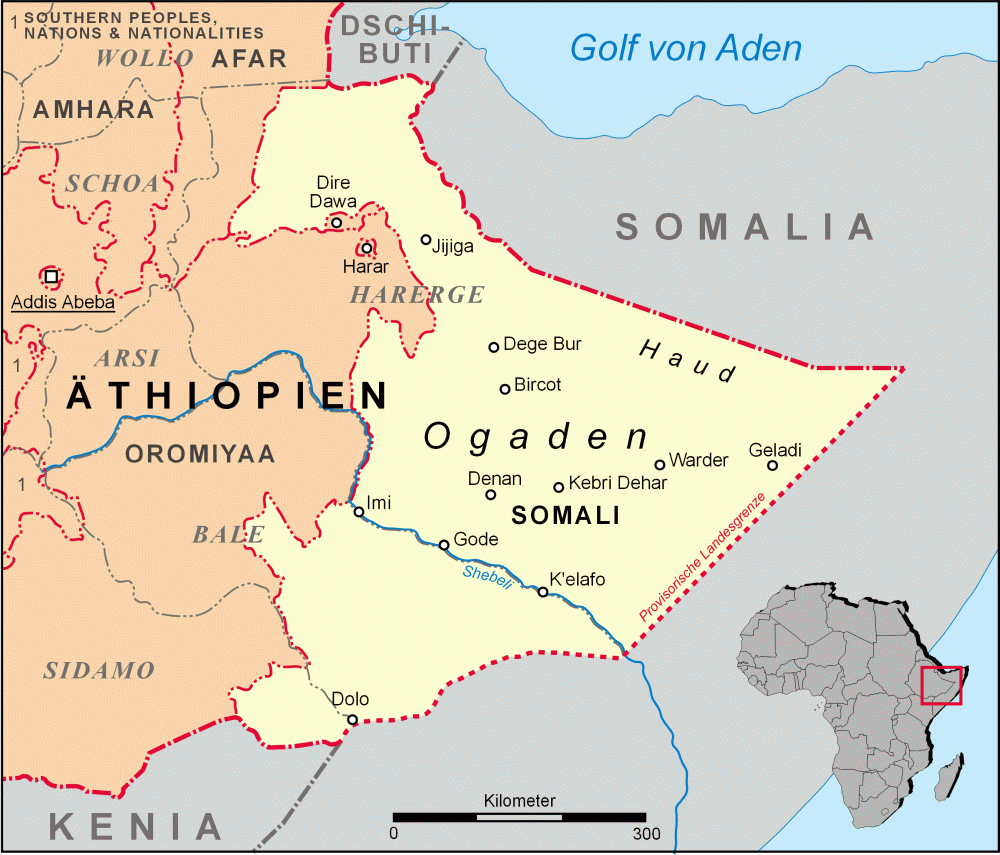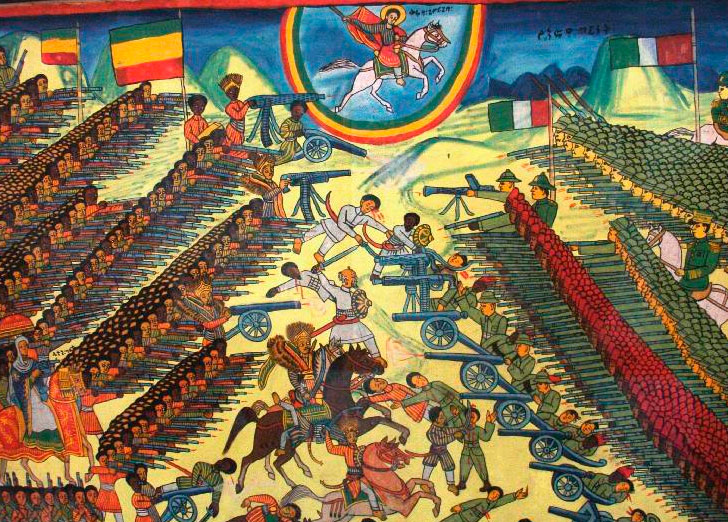God begins the process of making us surrender our fall from our high horse. It literally happened to Paul. He rode on the road to Damascus, full of confidence itself, when a blinding light came from heaven. Paul was thrown to the ground, trembling. Then a voice came from heaven, saying, "Saul, Saul, why do you persecute me?" (Acts 9:4)
Paul knew that something was missing in his life. He knew God, but had not received a direct revelation. Now, while he is kneeling, he hear these words from heaven: "I am Jesus whom you are persecuting" (9:5) These words have changed the world of Paul. The scriptures say: "Trembling and seized with fear, he said: Lord, what wilt thou I do? "(9:6). Paul's conversion was a theatrical work of the Holy Spirit.
Paul was led by the Holy Spirit to give up his life. He asked: "Lord, what wilt thou have me do?" And her heart cried, "Jesus, how can I serve you? How do I know you and please you? Nothing else matters. Everything I did in the flesh is like mud. You're everything to me now. "
Paul had no ambition, no other force that pulls it forward" to gain Christ. " (Philippians 3:8). Under current standards of success, Paul is a total failure. He did not build any buildings, it did not create corporations or associations, the methods he used were criticized by other leaders. In fact, the message he preached offended many of his listeners. Several times he has even been stoned for his announcement. His subject? The cross.
When we stand before God at the trial, we will not be judged according to our ministries, what we have accomplished or the number of people who will be converted by us. There will be only one measure of our success so far: our hearts were they totally abandoned to God? Do we set aside our own will and our own agendas, to make his own? Have we succumbed to pressure and followed the crowd, or have we sought itself to be led? Have we run seminar seminar in order to find purpose in our lives or do we find the fullness in him?
I have only one ambition: to learn better and better to say only what the Father sends me. Nothing I do or say to myself no value. I want to be able to proclaim: "I know my Father is with me because I'm only his will."














